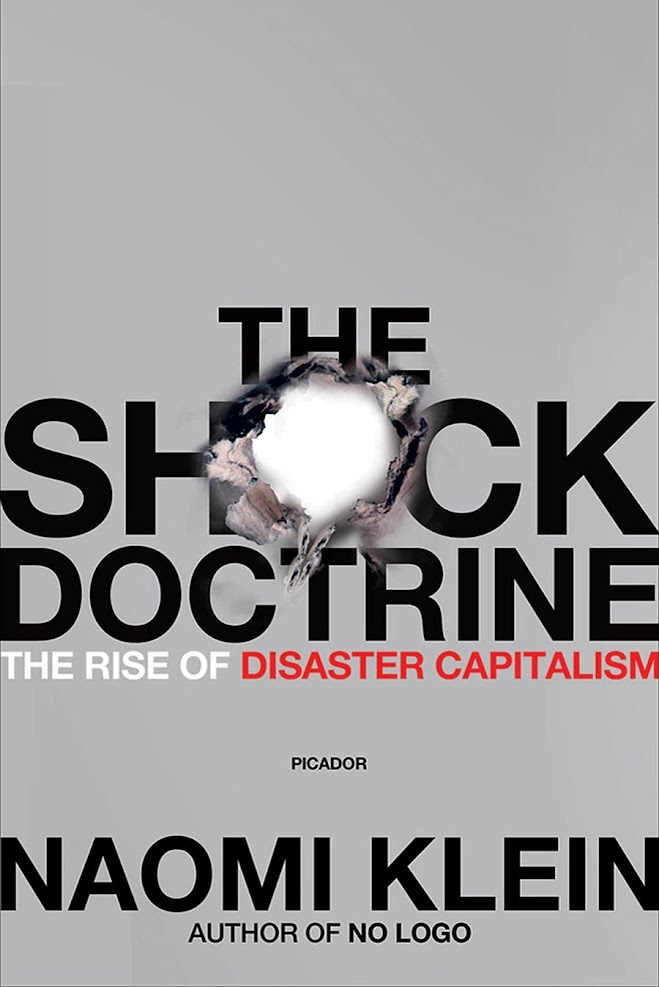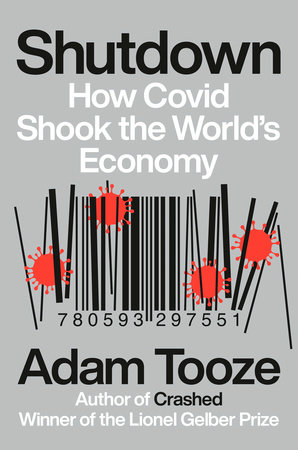I haven't been watching the news this week, but the Los Angeles Times published a front-page story yesterday, and it was weird. I was at Fresno State in May 1992, working at the Chevron station, pumping gas, not far from my dad's house. I'd be entering graduate school at U.C. Santa Barbara in the fall.
I remember being very distressed by what little news I was able to get at the time (mainly because of so much work and school, I had no time for it). I remember lots of people coming in and out of the gas station (located at one of the busiest intersections in Central Fresno) and nearly every night each and every person haunting the streets was shouting their commitments out loud, with white folks screaming the *n-word* at the black folks who were also out and about.
It was scary being out there, even two hours away from L.A.
Our social and political polarization is bad nowadays, but it ain't new, not by a long shot --- L.A. was a riot torn city decades before the officers' acquittal in the Rodney King trial (the Watts Riots come to mind).
Now almost two years out from the murder of George Floyd --- and 2020's summer of riots --- it was a strange feeling being reminded of Los Angeles like that, seeing the newspaper at the AM/PM while out for gas, while my mind quickly raced with images of both Los Angeles and Minneapolis simultaneously.
Sixty-four people were killed 1992, with at least $1 billion in property damage over a six-day period.
Here's an hour-long NBC News video with graphic images, starting out with some random dude getting pulled out of his Ford Bronco, only to narrowly escape being stoned to death by rioters armed with slabs of bricks, broken curbstone, huge rocks, who knows what else.
Here's another focusing on the "Rooftop Koreans," many of whom defended their businesses with handguns and rifles.
More at ABC News 7 Los Angeles below.
And at the Los Angeles Times, "L.A. riots are remembered 30 years later with hope and pessimism."
Also, "Thirty years after it burned, Koreatown has transformed. But scars remain";
When the city started to burn, James An’s mother was driving her new BMW in South L.A. An was 12 years old, but he knew the luxury car — and her Korean face — could make her a target. He called her car phone and urged her to “get the hell out.” On the radio, he heard business owners pleading for police protection as their livelihoods vanished in front of their eyes. On television, he saw much of Koreatown on fire, including an electronics store he loved, half a mile from his family’s Korean-Chinese restaurant. His father soon left their Glendale house, gun in hand, to defend the restaurant. “Protect your family,” he told the boy. “I remember thinking, what the hell am I going to do? I’m 12 years old,” An recalled. “How am I going to [respond], if people come to my house with guns?” The restaurant was spared. But many of An’s favorite Koreatown haunts were in ruins: a CD warehouse, a Kinney shoe store, an ethnic grocery store with signs in English, Spanish, Korean and Japanese. For 30 years, An has tried to understand what happened after the police officers who beat Rodney King were acquitted on April 29, 1992, setting off days of looting and destruction. As president of the Korean American Federation of Los Angeles, he is in regular touch with politicians and community leaders of many backgrounds. The days of armed Koreans on rooftops defending their businesses from rioters, with the LAPD nowhere in sight, sometimes seem a distant memory. Black-Korean relations, once symbolized by the fatal shooting of Latasha Harlins by a Korean liquor store owner, have improved one interaction at a time, from the shopkeeper who smiles and offers warm greetings to leaders like An working to build cross-racial ties. Latinos, who are 51% of Koreatown’s population, have successfully lobbied for a sign marking the “El Salvador Corridor.” They have teamed with Koreans on workers’ rights campaigns and school issues. But An, 42, wonders what fissures still exist underneath. “I haven’t been able to figure that out,” he said. After the riots, called Saigu — 4/29 — in Korean, some business owners returned to South Korea, their immigrant dreams shattered. Others were unable to get government relief or insurance reimbursements. Some were too traumatized to keep working. Yet, as the years passed, many Korean Americans rebuilt their businesses or started new ones. Wealthy South Koreans poured money into the neighborhood. Korean pop culture exploded globally. At Hannam Supermarket on Olympic Boulevard, where Koreans with guns crouched behind cars in 1992, K-pop stars filmed a music video several years ago. On the rooftop of California Market, where armed Koreans once patrolled, hipsters snack on spicy rice cakes and Korean corn dogs. Korean Americans gradually built enough political clout to place all of Koreatown in a single city council district. A community that once felt abandoned by the police recently rallied to make sure that the LAPD’s Olympic station stayed open. But 30 years later, everyone who experienced Saigu is scarred in some way, whether it is the unending grief of Jung Hui Lee, whose son was the only Korean American killed in the riots, or the questions still asked by a man who as a teenager saw the stores of fellow church members burned down. “What did we do, or what did those church members do so wrong that caused this much retaliation?” said Joshua Song, 47, vice president of a company that helps businesses bridge the divide between Asia and North America. “If I try to rethink those events, there is still no resolution. Maybe that’s why it’s so traumatic.” In some spots, the rebuilding began quickly. At 6th Street and Vermont Avenue, a strip mall that had gone up in flames was soon rising again. Laura Park told the owner that she was interested in moving her Korean dress shop there...Well, what did they do? For one thing, "A Korean-born merchant at the shop accused Latasha of stealing a bottle of orange juice. Latasha was shot in the back of the head, killing her instantly." More, "Videotape Shows Teen Being Shot After Fight : Killing: Trial opens for Korean grocer who is accused in the slaying of a 15-year-old black girl at a South-Central store," and "25 years later, a vigil will honor a black teen killed over a bottle of orange juice."












